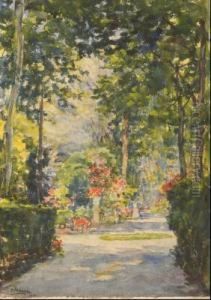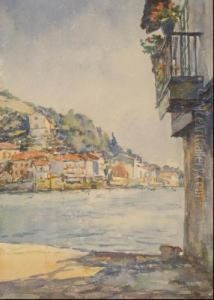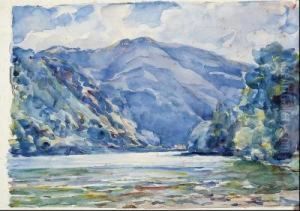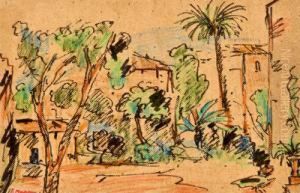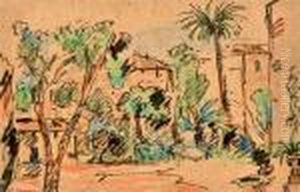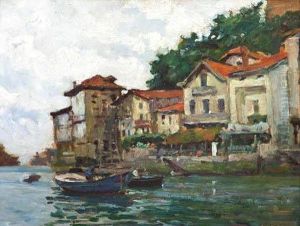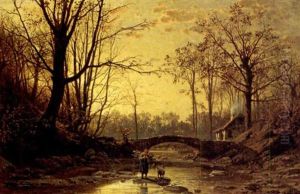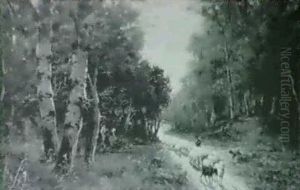Francisco Maura Y Montaner Paintings
Francisco Maura y Montaner was a significant figure in the Spanish art scene, born in 1836 and passing away in 1926. Although not as internationally recognized as some of his contemporaries, Maura y Montaner contributed notably to the development of 19th and early 20th century Spanish art. His artistic journey reflects the broader trends and transitions in European art during this period, from the romanticism that characterized the early 19th century to the more realistic and socially conscious approaches that emerged later on.
Maura y Montaner was born into an era of intense cultural and political ferment in Spain. The country was grappling with the aftermath of the Napoleonic Wars, the challenges of modernization, and the tension between tradition and innovation. These themes often found their way into Maura y Montaner's work, which was marked by a keen attention to detail, a profound sense of national identity, and a commitment to depicting the social realities of his time.
Throughout his career, Maura y Montaner engaged with a variety of subjects, including historical scenes, landscapes, and portraits. His historical paintings, in particular, were celebrated for their accuracy and depth, reflecting his deep engagement with Spanish history and culture. Maura y Montaner's landscapes and seascapes, on the other hand, showcased his versatility as an artist and his ability to capture the subtleties of light and atmosphere.
Despite his contributions, Maura y Montaner's work was often overshadowed by that of his more famous peers. However, in recent years, there has been a resurgence of interest in his oeuvre, with art historians and critics recognizing his role in shaping Spanish art. Today, Maura y Montaner's paintings can be found in several major museums and collections, where they continue to be appreciated for their beauty and historical value.
